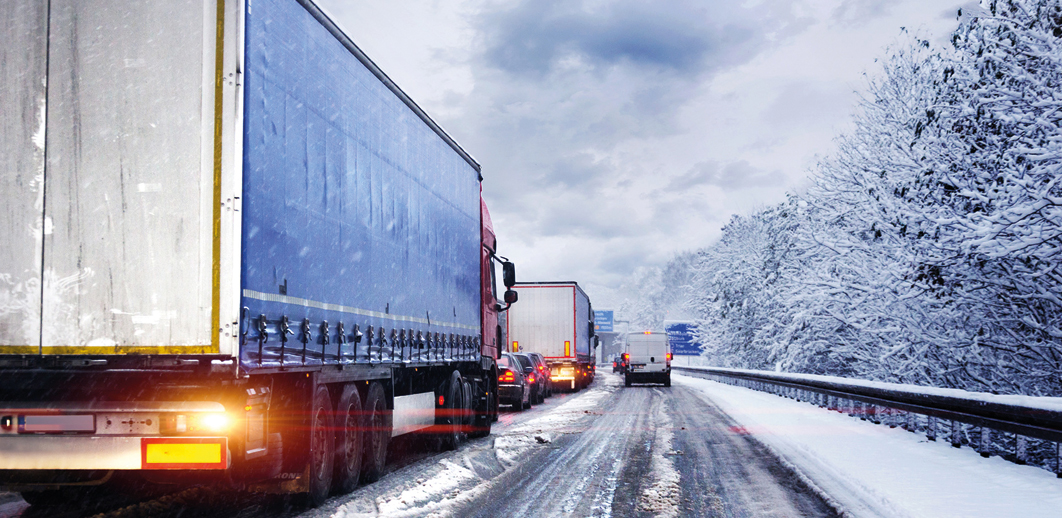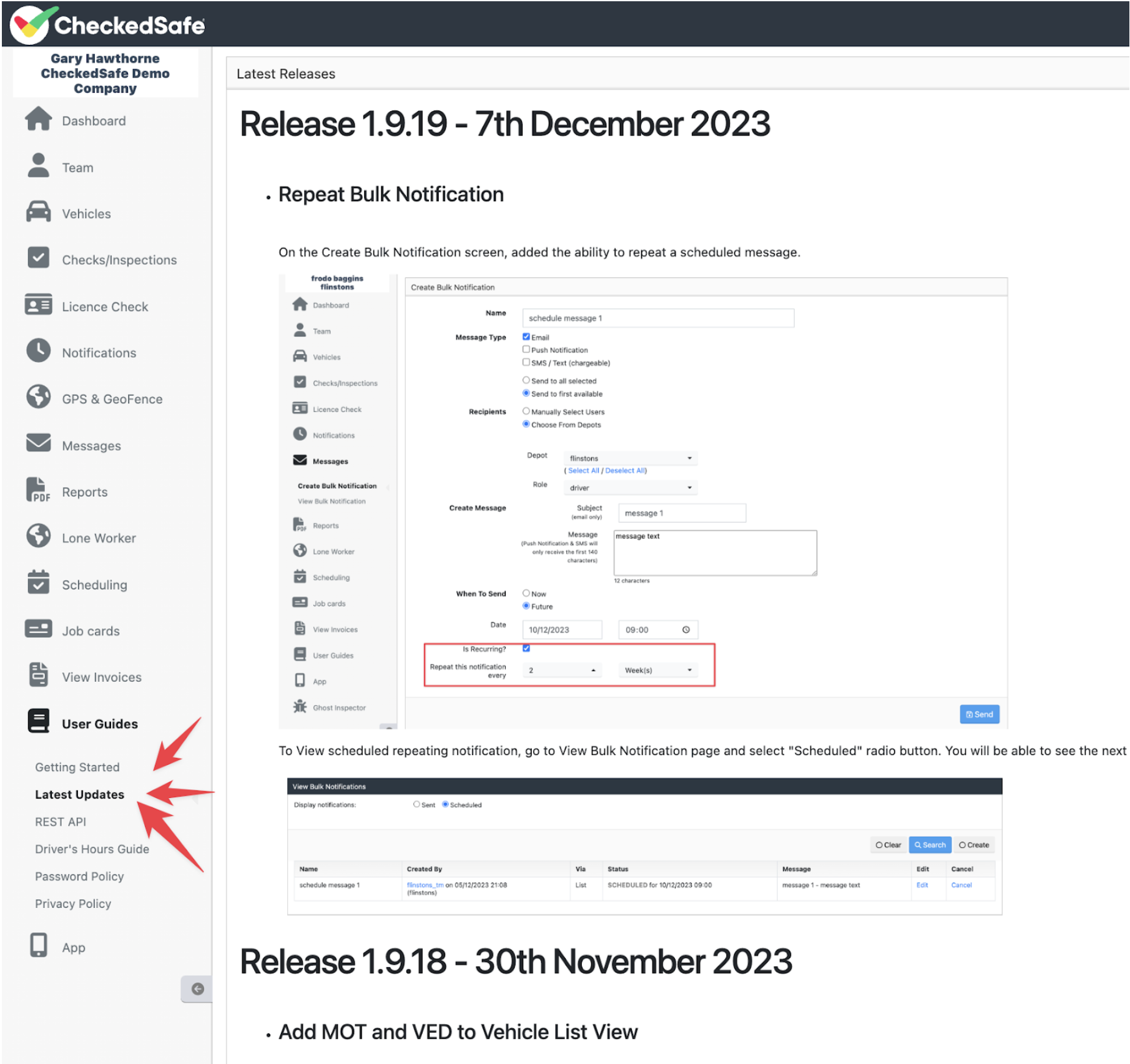Vehicle Maintenance Checks During Winter
Keeping up to date with weather conditions can also help you forewarn your customers of the possibility of any disruption to the schedule of your operations.
Customers still want their deliveries on time. Passengers still expect to get to their destination whatever the weather.
Everyone needs to make allowances for severe weather and your safety is more important than anything.
Be Informed – And Plan For Bad Weather
Be Prepared
Warm Clothing, Winter Footwear and a Good Torch
Straps, pins and catches will be cold to the touch and harder to adjust in freezing weather. If you need to pull hard on straps, for example, avoid injury by warming up your muscles first! The same goes for loading passenger luggage into the hold.
Warn Your Customers and Passengers
See And Be Seen
Take Care Getting In And Out Of The Cab
For coach drivers, make sure the steps are clear for passengers and warn them to be careful when boarding in snow and icy conditions.
Check The Loading
Remember that as the load changes between pick-ups and deliveries, the handling of your vehicle changes. With a heavier load, you have better traction. With a lighter load or empty truck you are more likely to get blown off course by strong winds. Empty curtain-sided trailers are less likely to get blown over if you open the sides when driving in windy conditions.
Drive Carefully – According To The Conditions
Don’t take risks with your cargo and especially not with you or your passengers’ safety.
You may be driving one of the biggest vehicles on the road, with lots of sophisticated equipment, but that does not make you invincible.
Don’t ask your truck or coach to do more than it can. If you don’t feel comfortable driving, park up, call in and wait until conditions improve.
Driving Through Snow And Ice
The gritter’s will often be out at night – and that’s when the temperatures are coldest and driving conditions most difficult.
Stick To The Main Roads Where You Can And Avoid Exposed Routes.
Even if the time and location of snowfall is perfectly forecast, it will still take time to clear the snow after it has fallen. Remember though, snow ploughs can’t get through if the road or motorway is full of stationary traffic, so give Highways England and local authority teams the space they need to do their job and help you on your journey!
Steep hills and exposed roads are also likely to present more challenging driving conditions in snow and ice, so if you could avoid these it might make your journey easier.
Even on the easier inclines, regaining traction can be difficult if you are forced to stop. Compensate for poor traction by slowing down and making all movements gently – never drive faster than conditions allow and don’t use cruise control in snow and ice. Remember you will have less traction when travelling empty.
Leave more room between you and the vehicle in front. Double or even triple your following distance to at least a ten second gap and never tailgate. Greater anticipation and awareness of other road users is the key.
Take even more care looking out for others that may not be able to stop and be extra cautious at road junctions where road markings may not be visible.






